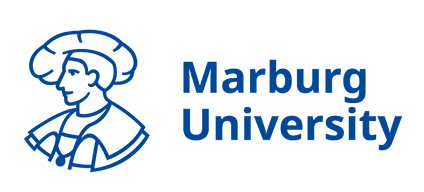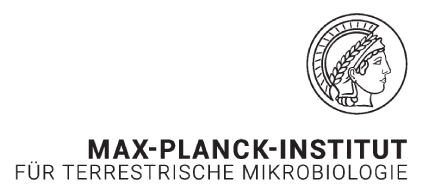Main Content
Synthetic metabolic pathways for improved CO2 fixation in chloroplasts
Tobias Erb, Axel Arturo Navarrete Martinez
Research question
How can we use synthetic biology to establish new, robust CO2 fixation mechanisms in the chloroplast? Which synthetic metabolic pathways are suitable to mitigate the photorespiratory stress response?
Background
Light-driven CO2 fixation occurs in photosynthesis, where CO2 is transferred to plant metabolism or biomass through the Calvin Benson Bassham (CBB) cycle. A limiting factor of natural photosynthesis is photorespiratory stress. This occurs when the key enzyme of the CBB cycle, Rubisco, reacts not with CO2 but with O2 (A2). The toxic metabolite 2-phosphoglycolate (2-PG) is formed, which must be returned to the CBB cycle in a complex reaction sequence. In the photorespiration pathway, chemical energy (ATP, reduction equivalents) is required and CO2 is released. It is estimated that 25-30% of the previously fixed CO2 is lost through the photorespiratory stress response, which significantly reduces the photosynthetic yield.
To solve this problem, several artificial metabolic pathways have recently been proposed as an alternative to natural photorespiration. These artificial metabolic pathways do not lose CO2 or can even fix additional CO2, which makes photorespiration a carbon sink and would allow photosynthesis to function robustly and without loss of CO2 even under stress.
Some of these metabolic pathways have been established in vitro. For successful realisation in vivo, the next step is to successfully establish and optimise them in living organisms or chloroplasts. The alga C. reinhardtii is a suitable model system for this purpose: C. reinhardtii has only a single chloroplast, which considerably simplifies genetic work (and experimental evolution); photorespiratory stress can be induced relatively easily in the microalgae by switching off the pyrenoid structure and the rapid generation time of the unicellular organism in liquid medium means that adaptive laboratory evolution (ALE) can be used to optimise the new metabolic pathways.


